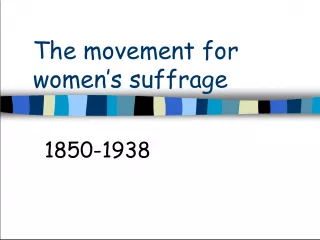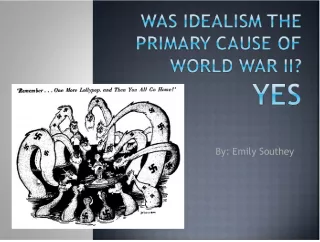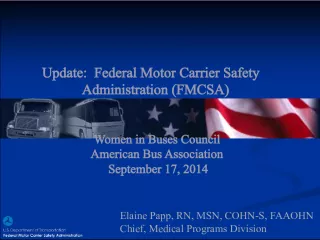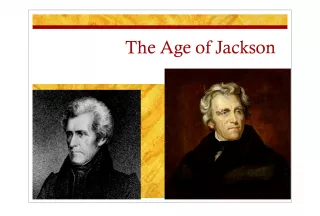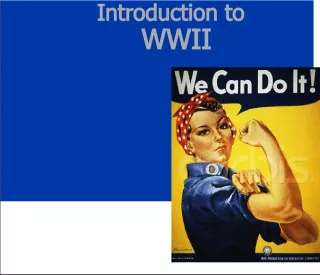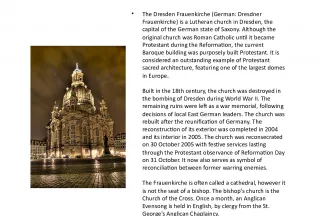WWII Minorities: Women and the War at Home, Minority Participation
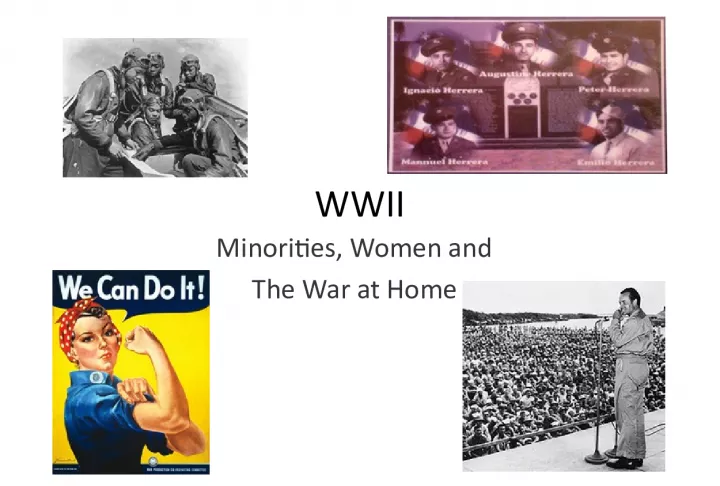

This article discusses the roles of minority groups during World War II, specifically focusing on African Americans and Asian Americans. African Americans served in segregated units and were often given
- Uploaded on | 1 Views
-
 rosie
rosie
About WWII Minorities: Women and the War at Home, Minority Participation
PowerPoint presentation about 'WWII Minorities: Women and the War at Home, Minority Participation'. This presentation describes the topic on This article discusses the roles of minority groups during World War II, specifically focusing on African Americans and Asian Americans. African Americans served in segregated units and were often given. The key topics included in this slideshow are . Download this presentation absolutely free.
Presentation Transcript
Slide1WWIIMinorities, Women and The War at Home
Slide2Minority Participation• African Americans generally served in segregated units and were assigned to non- combat roles. (but demanded to serve in combat roles) • Tuskegee Airman (first all black pilot group) served in Europe with distinction • Nisei regiment (all Asian American) earned high military honors
Slide3Additional Contributions of Minorities• Navajo Code Talkers : helped pass codes orally that the Japanese were unable to break • Mexican American fought in NON-segregated units • Most minorities suffered high casualties, but won numerous medals for bravery.
Slide4Women• Participated in the workforce to replace men serving in the war. Symbol of women workers was ROSIE THE RIVETER • Typically women served in noncombat roles (nurses)
Slide5The War at Home• More women and minorities entered the labor force • Citizens volunteered in support of the war effort.
Slide6The War at Home• African Americans migrated to cities in search of jobs in war plants • African Americans campaigned for victory in war and equality at home
Slide7The War at Home• The draft (selective service) was used to provide personnel for the military.
Slide8The War at Home• U.S. government and industry worked closely together to make sure soldiers got the resources they needed.
Slide9The War at Home• Rationing was used to maintain supply of essential products for war • War Bonds and Income Tax were used for financing the war • Most factories stop producing peacetime productions to wartime productions (cars to tanks)
Slide10Media and Communications• The US government maintained strict censorship of reporting the war. (only was able to report at the beginning of movies) • Public morale and ad campaigns kept Americans focused on the war. • The entertainment industry produced movies, plays and shows that boosted morale and patriotic support. (The USO shows) they also portrayed the enemy in stereotypical ways.


